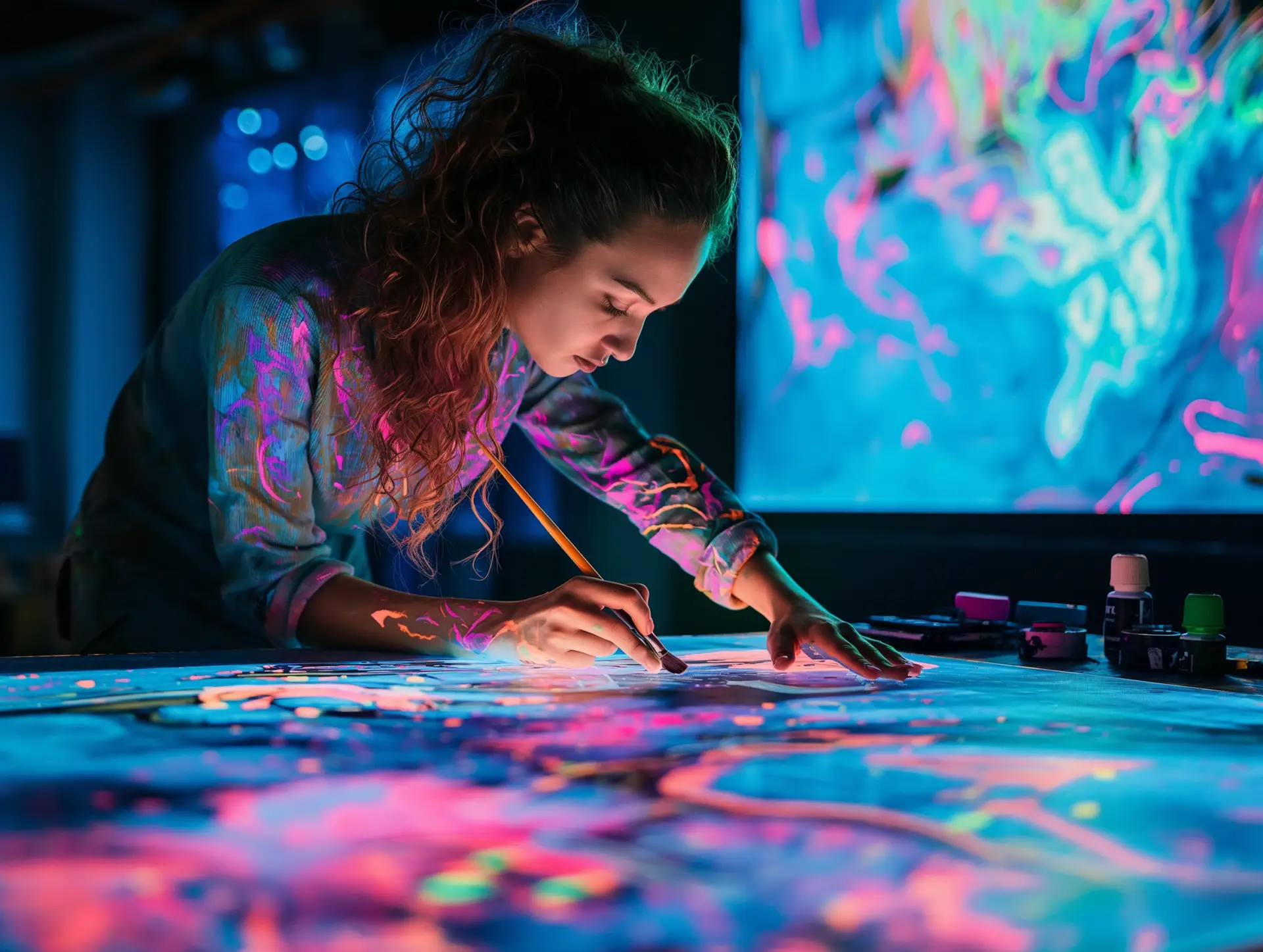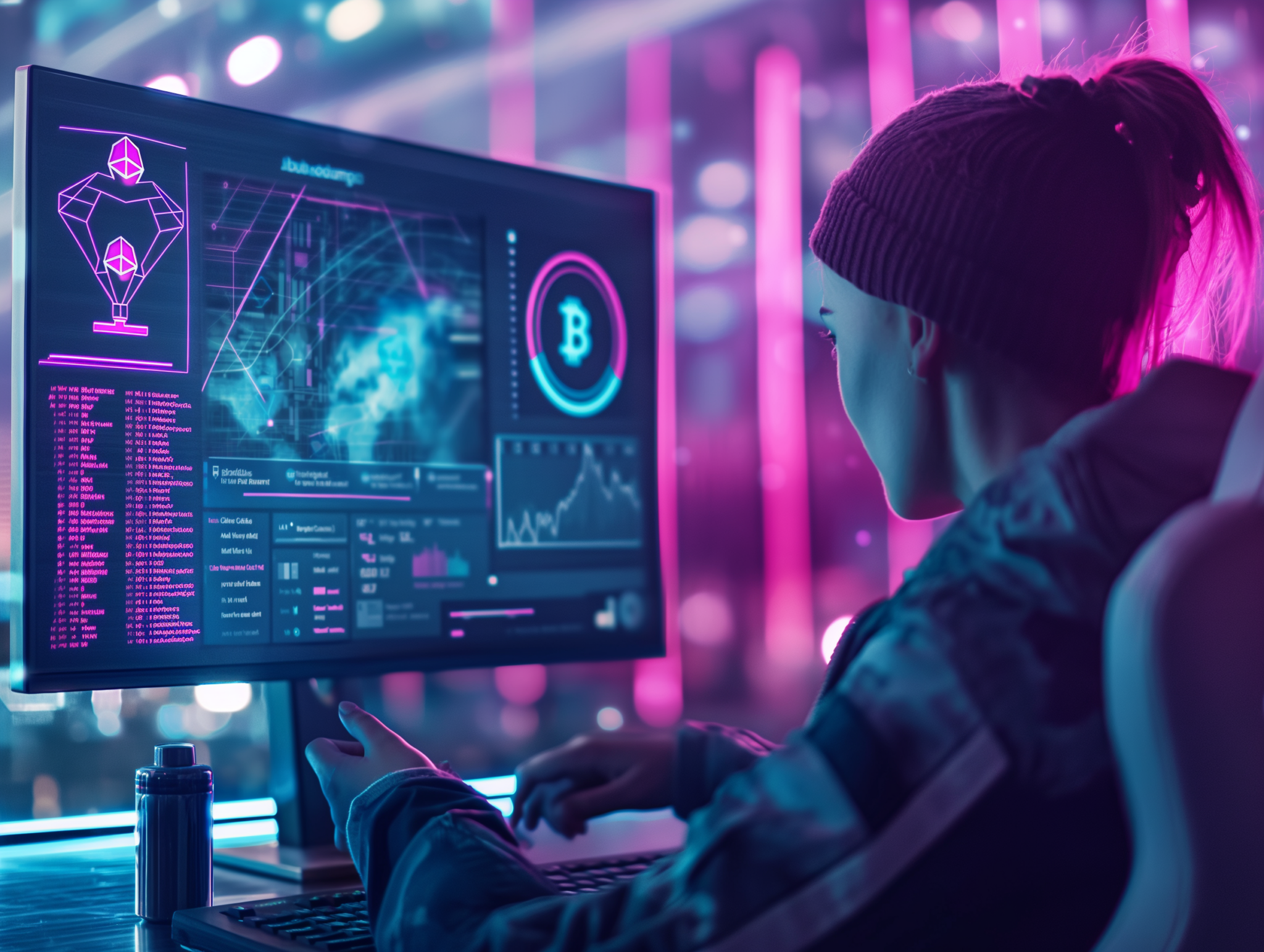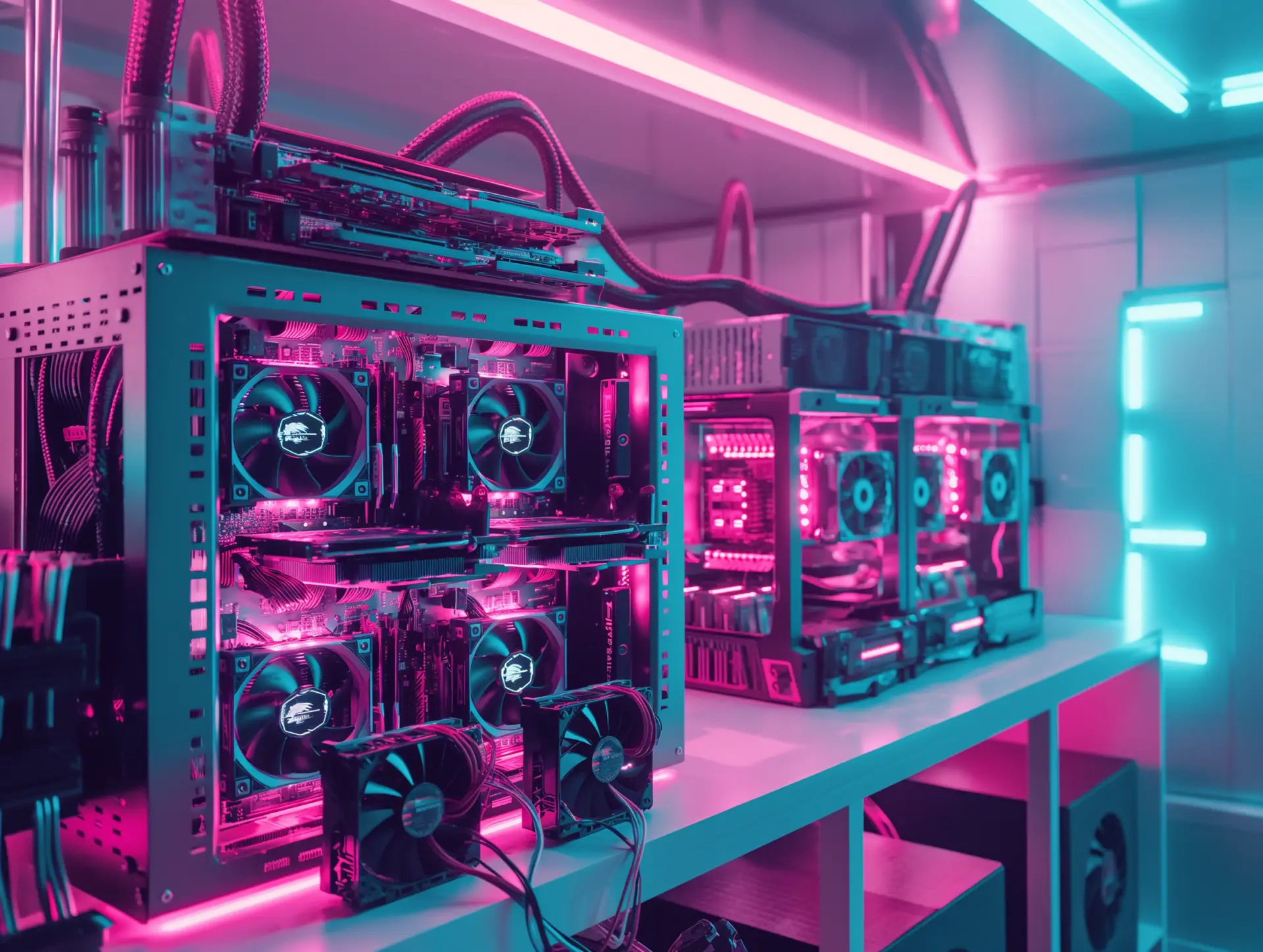Non-Fungible Tokens (NFTs) have revolutionized the way we establish ownership and value for digital assets. From digital art to virtual real estate, NFTs are reshaping how we perceive and trade digital content. If you’re intrigued by this digital renaissance, you’ve come to the right place. This guide will take you through the process of creating and minting your first NFT, unlocking a world of digital creativity and ownership.
Understanding NFTs: The Building Blocks of Digital Uniqueness
Before diving into the creation process, it’s crucial to understand what NFTs truly are. At their core, NFTs are unique digital tokens stored on a blockchain, typically Ethereum. Each NFT is unique, unlike cryptocurrencies such as Bitcoin or Ethereum, which are fungible and can be exchanged on a like-for-like basis. This uniqueness gives NFTs their value and makes them ideal for representing ownership of digital or physical assets.
The power of NFTs lies in their ability to provide verifiable scarcity and ownership in the digital realm. When you create an NFT, you’re minting a digital certificate of authenticity tied to a specific piece of content. This could be anything from a piece of digital art, a music file, a video clip, or even a tweet.
Preparing Your Digital Asset
The first step in creating an NFT is deciding what digital asset you want to tokenize. This could be an original piece of digital art, a photograph you’ve taken, a piece of music you’ve composed, or any other form of digital content you own the rights to. It’s essential to ensure that you have the rights to the content you plan to turn into an NFT to avoid legal issues.
Once you’ve selected your digital asset, you’ll need to prepare it for the minting process. This typically involves ensuring it’s in a suitable file format (such as JPEG, PNG, GIF, or MP4) and that the file size meets the platform requirements you’ll be using to mint your NFT.
Choosing Your NFT Marketplace
With your digital asset ready, the next step is selecting an NFT marketplace where you’ll create and list your NFT. Several popular platforms exist, each with unique features and a user base. Some of the most well-known marketplaces include OpenSea, Rarible, and Foundation.
When choosing a marketplace, consider factors such as the types of NFTs it supports, its user interface, fees, and the size of its community. Some platforms are more suited to certain types of content or cater to specific audiences, so it’s worth researching to find the best fit for your NFT.
Setting Up Your Digital Wallet
Before you can start minting your NFT, you’ll need a digital wallet that supports the blockchain network your chosen marketplace uses. For most NFT platforms, this means setting up an Ethereum wallet. MetaMask is popular due to its ease of use and compatibility with NFT marketplaces.
Setting up a wallet involves:
- Creating an account.
- Securing your private keys (usually in the form of a seed phrase).
- Adding some cryptocurrency to cover the minting fees.
Remember, wallet security is paramount, so follow best practices for keeping your credentials safe.
The Minting Process: Bringing Your NFT to Life
You can begin the minting process with your wallet set up and connected to your chosen NFT marketplace. This is where your digital asset transforms into a unique token on the blockchain.
The exact steps may vary slightly depending on the platform you’re using, but generally, the process involves:
- Uploading your digital file to the marketplace
- Providing details about your NFT, such as its title, description, and any additional properties
- Choosing whether to mint a single NFT or a collection
- Setting a price or auction parameters if you plan to sell your NFT
- Paying the minting fee (often called “gas” on the Ethereum network)
During this process, you’ll be asked to sign transactions with your wallet to confirm the minting. Once completed, your NFT will be created on the blockchain and listed on the marketplace.
The Art of NFT Metadata
One often overlooked aspect of NFT creation is the importance of metadata. This is the additional information attached to your NFT that provides context, enhances its value, and helps potential buyers understand what they’re getting. Good metadata can significantly increase the appeal and potential value of your NFT.
When crafting your NFT’s metadata, consider including the following:
- A compelling title that captures the essence of your digital asset
- A detailed description that tells the story behind your creation
- Any unique attributes or properties that make your NFT special
- Links to your social media profiles or portfolio to establish your credibility as a creator
Remember, the metadata becomes a permanent part of your NFT on the blockchain, so take the time to make it informative and engaging.
Promoting Your NFT: Building a Digital Presence
Creating your NFT is just the first step. To increase its visibility and potential for sale, you’ll need to promote it. This is where understanding the NFT community and leveraging social media becomes crucial.
Platforms like Twitter and Discord are hotbeds of NFT activity, where creators, collectors, and enthusiasts gather to share and discuss NFTs. Engaging with these communities can help you build a following, get feedback on your work, and find buyers for your NFT.
Consider creating content that showcases the process behind your NFT creation or highlights its unique features. This could be through behind-the-scenes videos, progress updates, or collaborations with other creators.
The Future of Your NFT Journey
As you complete the minting of your first NFT, you’re not just creating a digital asset but joining a vibrant and rapidly evolving ecosystem. The world of NFTs is constantly changing, with new use cases, platforms, and technologies emerging regularly.
Your first NFT is a stepping stone into this exciting realm. As you become more familiar with the process and the community, you might explore more complex NFT projects, such as interactive NFTs, generative art, or even NFTs that provide real-world utility.
Remember, the value of an NFT is more than just its immediate sale potential. Many creators use NFTs to build long-term relationships with their audience, offering exclusive content, experiences, or future benefits to NFT holders.
Conclusion: Your Digital Creation Awaits
Creating and minting your first NFT is an exciting journey into digital ownership and creativity. Following this guide, you’ve taken the first steps towards tokenizing your digital creations and joining a global community of NFT enthusiasts.
As you continue your NFT journey, stay curious, keep experimenting, and don’t be afraid to push the boundaries of what’s possible in this new digital frontier. Who knows? Your NFT could be the next big thing in the digital art world or the start of a new way of connecting with your audience.
The world of NFTs is vast and full of possibilities. Your first NFT is just the beginning. Welcome to the future of digital ownership and creativity.







